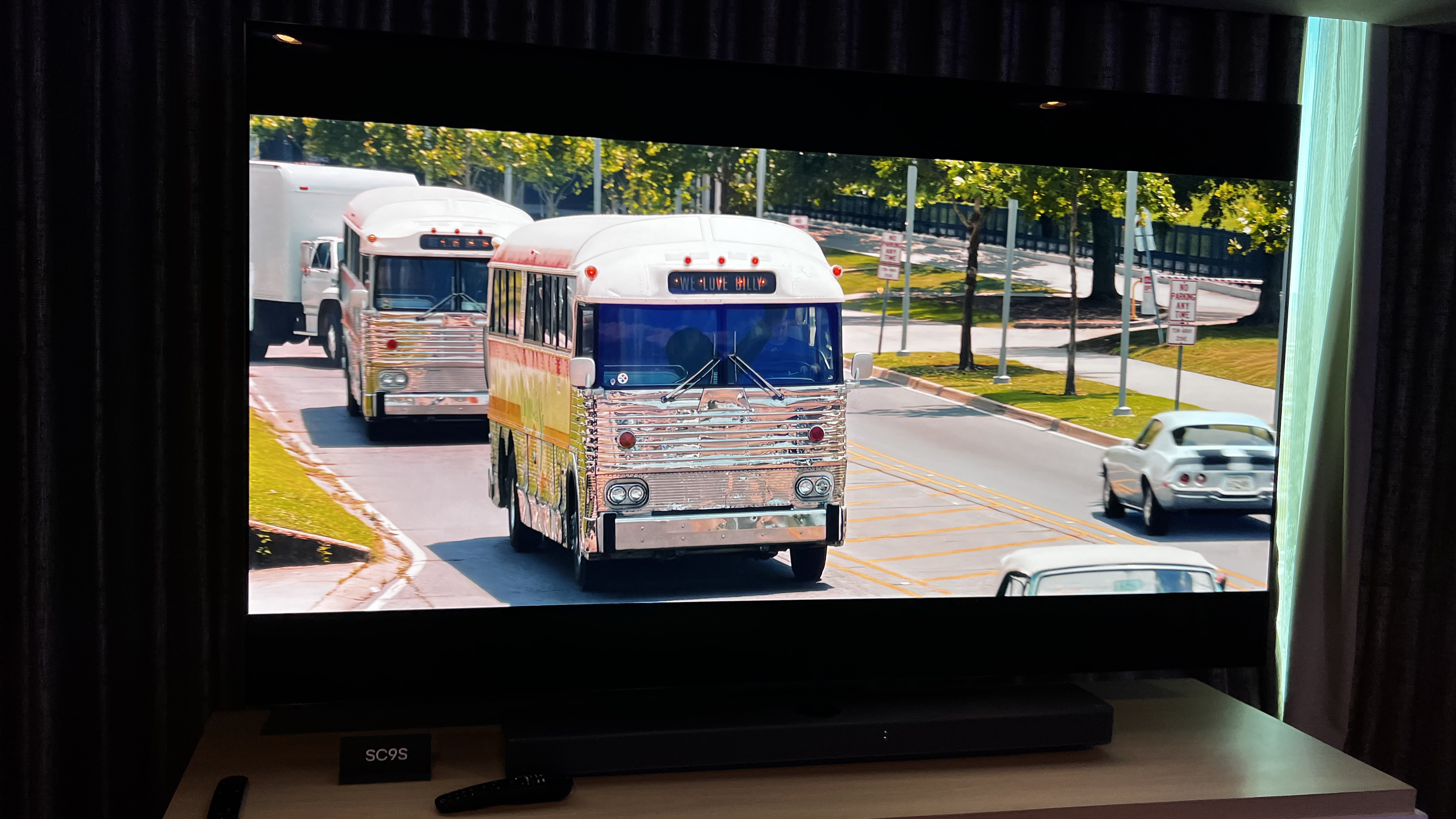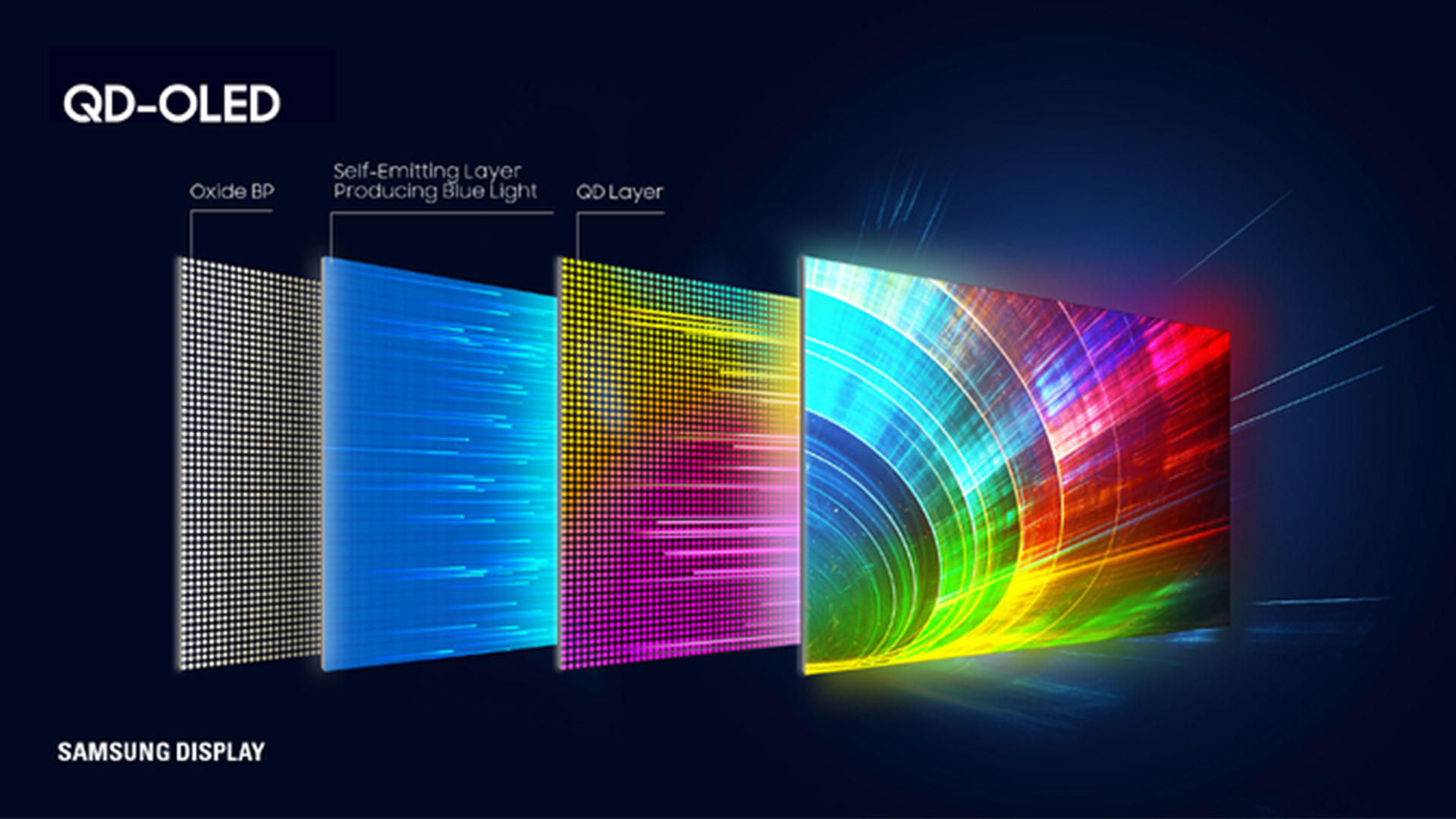4,000 nit OLED TV panels could be on the way, but they don't solve OLED's biggest problem
Even more brightness is required

Earlier this year, LG Display showed off a brighter MLA OLED TV panel that it intended to release in 2025, and while insiders claimed that the panel will hit 3,700 nits peak brightness, FlatpanelsHD thinks it could easily reach 4,000 nits by the time it’s released.
This isn’t the first report we’ve heard that OLED panels are going to get brighter. At CES 2024, both LG Display and Samsung Display revealed that their MLA OLED and QD-OLED TVs would hit 3,000 nits peak brightness, measured on a 3% window. Before that, Philips was the first to claim that one of its 2024 models – the Philips OLED+959 – could reach 3,000 nits brightness.
To put that into perspective, the best OLED TVs, when using MLA OLED and QD-OLED panels, currently tend to hit a peak brightness of 1,000-1,500 nits when measured on a 10% window based on our tests of TVs such as the LG G3, Samsung S95C and more.
As for full screen brightness, this is where it gets really interesting. Samsung Display said its QD-OLED panels for 2024 would reach a peak full screen brightness of 300 nits, while LG Display said its MLA OLEDs would hit 250 nits of peak full screen brightness, which is the highest we’ve heard of to date.
Although it’s good to see that we can expect even brighter OLED screens, one clear problem remains – lower full screen brightness.

Analysis: full screen OLED brightness needs work
The claims that MLA OLED and QD-OLED panels can hit 250 and 300 nits full screen brightness, respectively, highlights the large disparity between OLED and mini-LED – and even some QLED screens – when it comes to full screen brightness. OLED is touted as one of the best TV technologies out there and as such should aim to be the complete package, which means delivering brightness across the whole screen.
To give some numbers, when we measured the Samsung S95C, one of the best TVs available, its QD-OLED screen yielded a result of 265 nits on a 100% window. This is compared to the Samsung QN90C, a mini-LED model, which had 602 nits brightness on a 100% window, and Samsung Q80C, a mid-range QLED model, that had 633 nits full screen brightness. As you can see, the two models that still use LED panels have over double the brightness of the QD-OLED, which even uses QLED technology to improve brightness.
Get daily insight, inspiration and deals in your inbox
Sign up for breaking news, reviews, opinion, top tech deals, and more.
Higher peak brightness levels on OLED screens seem to be focused on small windows, resulting in brighter HDR highlights, but where companies need to focus on is full screen brightness, which should limit issues with reflections in brighter viewing environments.
Although Samsung is introducing its OLED Glare Free anti-reflection screen in its flagship 2024 QD-OLED, the Samsung S95D, to limit reflections – and based on our eyes-on it’s the real deal – other OLED TVs are still using conventional OLED screens with no anti-reflection tech. These screens give the best black tones and colors thanks to their self-emitting LEDs as opposed to reliance on dimming zones, but it means that darker scenes in some viewing environments will still struggle and when you’re paying premium prices, you expect there to be no drawbacks.
Companies keep touting these high brightness screens, but these are frequently measured on 3% windows and as such aren’t a true reflection of what brightness will be like across the whole screen. This should really be the next area OLED screens strive to hit: full screen brightness not peak highlight brightness.
You might also like...

James is the TV Hardware Staff Writer at TechRadar. Before joining the team, he worked at a major UK based AV retailer selling TV and audio equipment, where he was either telling customers the difference between OLED and QLED or being wowed by watching a PS5 run on the LG 65G2. When not writing about the latest TV tech, James can be found gaming, reading, watching rugby or coming up with another idea for a novel.